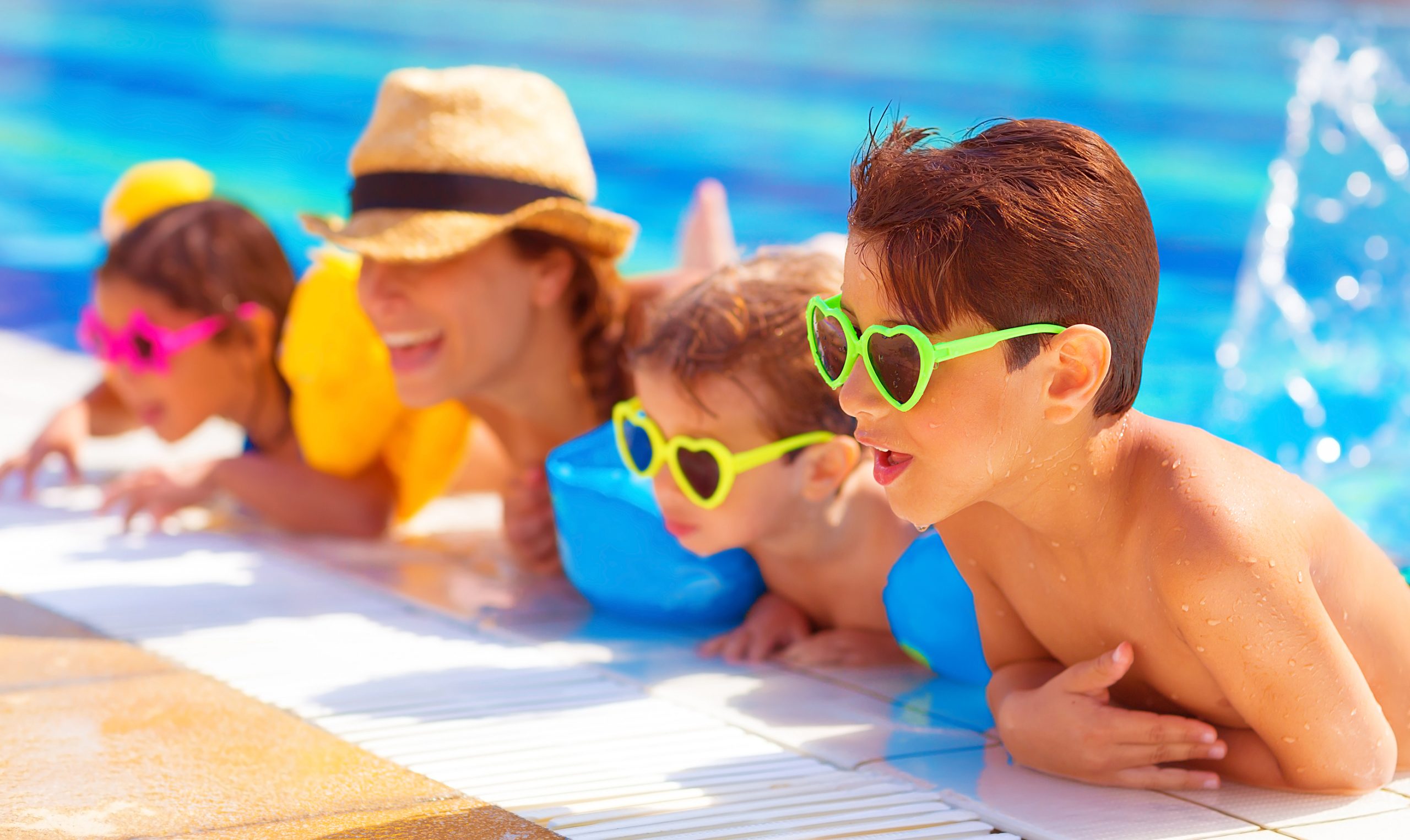Summer Splashes: Pool Tips For Kids

There’s no better way to get your kids through summer break than at the pool. Pools provide endless amounts of entertainment for kids of all ages, and they often make up a significant amount of a child’s summer break memories. Keep some of these things in mind to ensure your kids stay safe and have a good time when summer starts.

If you have your own pool or you’re using a pool that belongs to your friends or family, personally check the drains on a regular basis. Drain entanglement and entrapment are very real and serious risks, so ensure your kids know never to play around the drains or suction outlets. Drain covers should be secure and free from cracks or damage. Domed covers are infinitely safer than flat ones, so replace them accordingly if you own the pool.
Surprisingly, the pools that have the biggest risk of drain entanglement are children’s wading pools. Before your child sets foot in a wading pool, reiterate the safety plan and keep a very close eye on them.
Not all community pools are safe. Don’t assume because it’s a public pool that it’s safe. Decrease your child’s risk of injury by doing a quick inspection. Are the pools compliant with federal/local laws? Have the flat drain covers been replaced by new, safer domed covers? There should be life-saving equipment in multiple locations around the pool so they’re within reach in case of an emergency. There should absolutely be multiple lifeguards on duty at all times. A lot of pools have a handful of lifeguards available so there’s a guard (or several) responsible for watching children and others watching adults.
The pool should absolutely be doing its part to keep patrons safe, but you should be closely monitoring your kids regardless. It never hurts to have more than one set of eyes on your children. Lifeguards are watching dozens of people; they can certainly miss dangerous situations. There should also be a phone nearby at all times in case you must call 911.
Safety practices aren’t always enough to protect your child. If you have a safety toolkit available at all times, you’re significantly reducing the risk of serious or permanent injury. The kit should stay near your pool at all times and always be within easy access. Your kit should have a fully stocked first aid kit, scissors (to cut hair or clothing if they become entangled in a drain, for example), a charged phone to call 911 (or keep your cell or house phone next to you at all times when children are in the pool), and a flotation device. Swimming lessons in Houston or your particular area will help reduce the times you actually pull out the pool safety kit.
Drownings don’t just occur during supervised swimming; it’s when kids have uninhibited access to the pool. If you own a pool, it’s imperative you take every precaution to keep your children from getting into the pool without you knowing. Every pool should have a four-foot or taller fence around the pool with self-closing and -latching gates, preferably at heights that are impossible for smaller children to reach. If your home’s positioning makes it impossible to fence off the fourth side of the pool, you should ideally have door and window alarms and have them on at all times.
Your fence’s gate should have gate alarms to alert you of any kids opening them, and there are also pool alarms that sound off when they sense movement around the pool. Surface and underwater alarms are a worthwhile investment so if for some reason your child bypasses all of the other alarms, you get an alarm at the most critical moment.
Pools are fun and provide endless hours of entertainment for people of all ages, but that doesn’t mean safety should be overlooked for the sake of fun. There are so many ways to prevent accidental drownings and even non-fatal submersions. Whether you own the pool or you have family or friends, never let your guard down in terms of safety.
